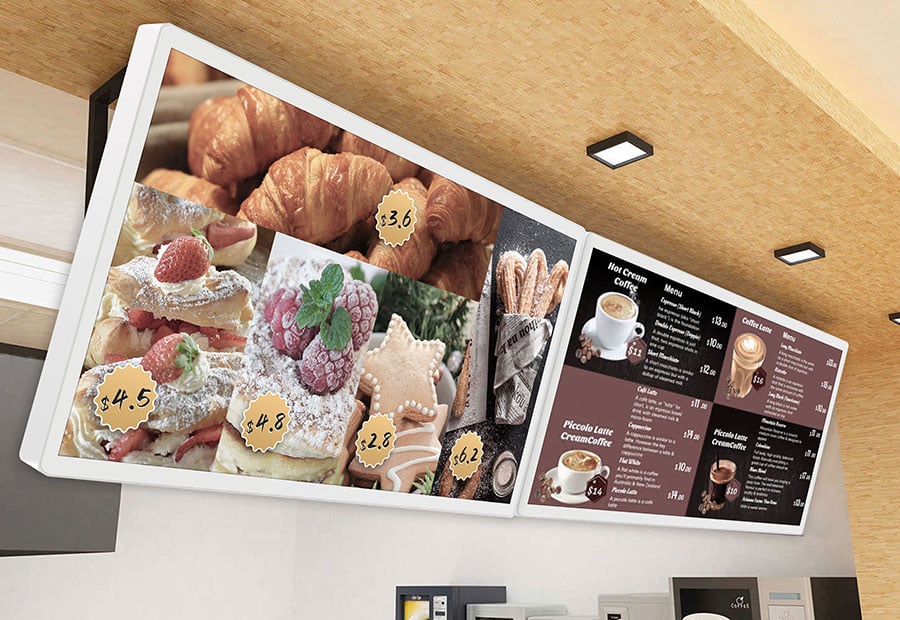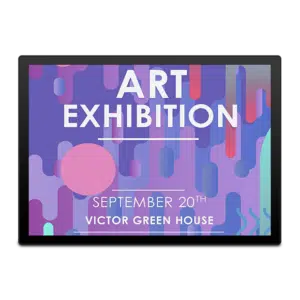The Environmental Benefits of Using Electronic Paper Displays
The Environmental Benefits of Using Electronic Paper Displays
Blog Article
Display engineering has become a built-in element of our day-to-day lives, showing in from smartphones and e-readers to large-scale marketing panels. On the list of diverse array of E-ink screen display, OLED (Organic Light-Emitting Diodes), and LED (Light-Emitting Diodes) have surfaced as some of the most widely discussed options. While each type serves a unique unique purpose, their differences in characteristics, efficiency, and use instances make them suitable for certain applications. Let's have a closer consider the important faculties of the display technologies.
Electronic Paper displays (ePaper)
Electronic Paper displays, also called ePaper or Electronic Ink displays, are designed to imitate the appearance and readability of standard Ink on paper. This engineering uses little microcapsules comprising charged black and bright particles halted in an obvious fluid. When an electric area is applied, the contaminants go on to either side of the pill, producing a visible image. The picture remains fixed till still another electric area is applied, making it well suited for showing text-based material such as for instance publications, magazines, and e-readers.

One of the principal features of ePaper displays is their reduced energy consumption. Unlike conventional LCD
Knowledge Electronic Paper displays
An electric Paper display (ePaper) mimics the appearance of Ink on paper. Unlike traditional screens, ePaper depends on their capability to reveal surrounding light rather than emitting its own. This technology not only minimizes vision strain but additionally offers unparalleled readability in sunlight, making it ideal for e-readers and electronic signage solutions.
One standout feature of ePaper displays is their amazingly minimal energy consumption. Because they just use energy when changing material, ePaper displays are very effective and suited to battery-powered devices. But, their refresh rates are slower in comparison to OLED and LED displays, decreasing their applicability to fixed or minimally active content.
OLED displays
OLED displays are noted for their gorgeous visual quality, giving vivid shades, strong greens, and exceptional contrast. Each pixel in a OLED display emits its mild, removing the requirement for a backlight. That not merely provides for thinner, more lightweight models but in addition effects in better energy efficiency in comparison to LED using scenarios.
One key advantageous asset of OLED displays is their flexibility. They may be manufactured in circular or foldable styles, making them common in cutting-edge smartphones and wearable devices. But, OLED screens come with difficulties, such as for instance susceptibility to burn-in and smaller lifespans compared to different technologies.
LED displays
LED displays, the most common of the three, count on a backlit process to mild their pixels. Whilst not as creatively striking as OLED E ink signage, LEDs are highly tough, long-lasting, and cost-effective. These characteristics cause them to become suited to a greater array of purposes, including TVs, computer displays, and outside advertising.
LED displays on average perform effectively with regards to lighting, making them a good choice for surroundings with high ambient light. Nevertheless, they fall short in reaching the exact same serious comparison and color accuracy as OLED technology.

Final Comparison
When deciding between ePaper, OLED, and LED displays, the option depends largely on the supposed purpose. For static content like reading or signage, ePaper excels having its minimal energy use and high exposure in organic light. OLED shines in applications where vibrant shades and freedom are paramount. Meanwhile, LED remains a reliable and cost-efficient alternative for a number of general-purpose needs.
Each display engineering brings something unique to the table, ensuring that there's a perfect choice for every situation. Knowledge these differences can help users and companies produce educated decisions that suit their unique display requirements. Report this page